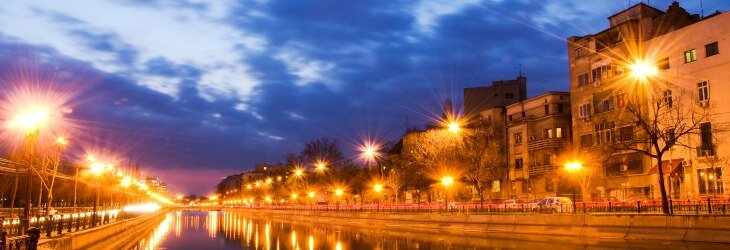 Romania is a nation at the junction of Central and South-eastern Europe, situated on the Black Sea and therefore also part of the Balkans. Its location has created a unique culture in Romania, one defined by geography and also by its history. Romania shares a border with Hungary, Serbia, Ukraine, Moldova and Bulgaria, and while the modern nation is a relatively young one, having only been established in the 19th century, Romanian culture is an ancient one, dating back thousands of years.
Romania is a nation at the junction of Central and South-eastern Europe, situated on the Black Sea and therefore also part of the Balkans. Its location has created a unique culture in Romania, one defined by geography and also by its history. Romania shares a border with Hungary, Serbia, Ukraine, Moldova and Bulgaria, and while the modern nation is a relatively young one, having only been established in the 19th century, Romanian culture is an ancient one, dating back thousands of years.
While Romania is a secular state, the majority of its citizens identify as Christian with some 87% belonging to the Orthodox Church. Under the Communist regime that ruled Romania from the late 1940s until 1989, churches suffered severe persecution, in particular those of the Roman Catholic Church and the Romanian Greek-Catholic Church.
Culture in Romania is perhaps best defined as that of a strong folk tradition. Romania was, until recently, a very rural nation and the peasant traditions and customs that were developed over centuries survived the oppression of the Communist regime and have today been revived. Such traditions include music and dance, and embroidered costumes that are a national emblem of Romania.
The Romanian folkloric costumes, made from silk, have been an essential part of Romania culture since the earliest civilisation and their decoration varies from region to region. Romanian culture is one of mythology and mysticism, those influences of east and west combined with Balkan history creating a unique European culture that is expressed most fully in literature and music, particularly through the violin and accordion.
Theatrical tradition
Located at the junction of east and west, Romania has always been open to outside influences. Although the country’s Jewish population is tiny, Romania played a dominant role in the creation of Yiddish theatre and the State Jewish Theatre is still located in the capital, Bucharest. Ethnic minorities within Romania have also played a large part in defining and creating Romanian culture, in particular the Saxons and Székley and their contribution to Transylvanian architecture.
Another distinctive element of culture in Romania is Romanian script, a unique combination of Cyrillic and Latin that is still used today.


 English
English Deutsch
Deutsch